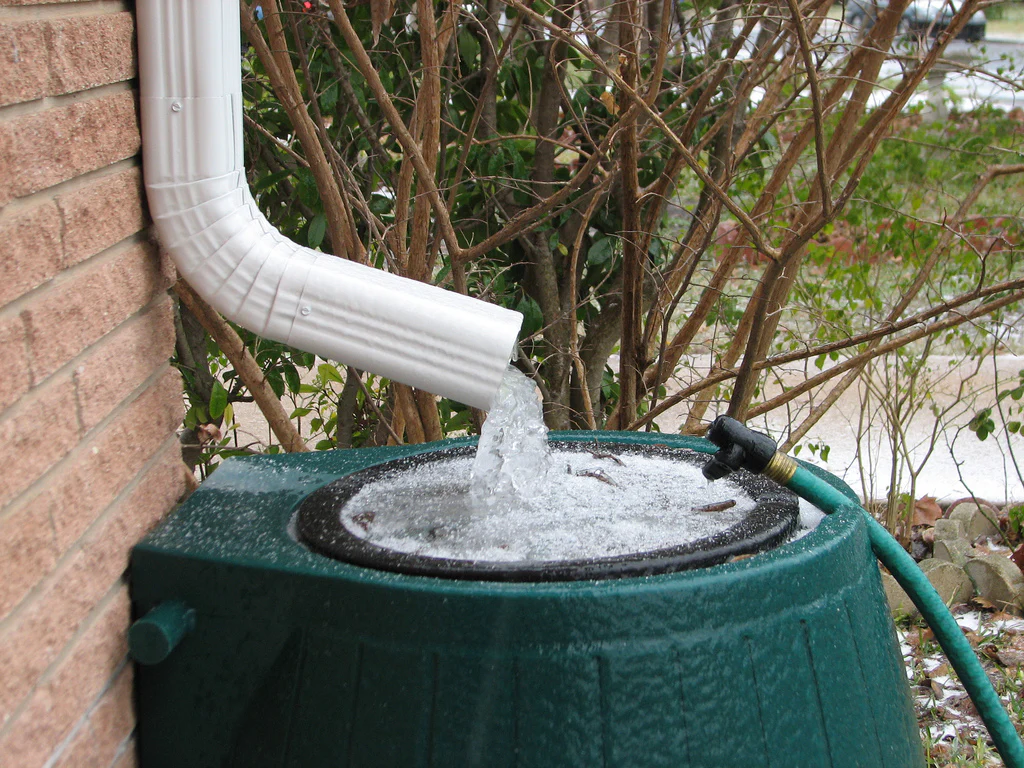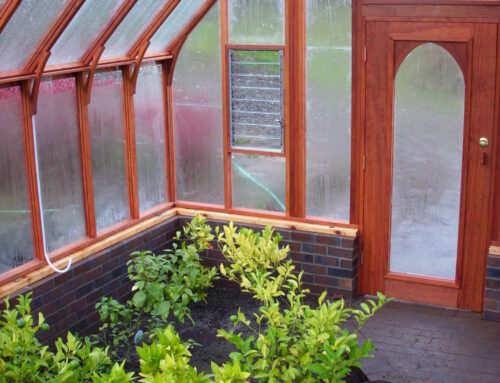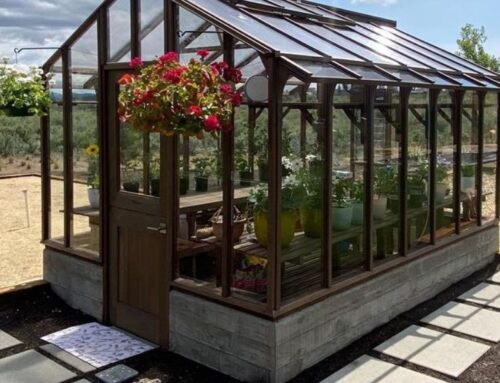Integrating rainwater collection into your greenhouse offers a sustainable, cost-effective, and reusable water source that promotes plant health. Unlike other water sources, rainwater harnesses the best that nature has to offer. Utilizing rainwater for greenhouse irrigation confers several advantages.
As we become more aware of local climate changes and strive to reduce our environmental footprint, rainwater harvesting, even for greenhouses, is on the rise. The desire for a greener and more sustainable lifestyle is a growing trend among greenhouse owners. Greenhouse enthusiasts can employ water collection and storage systems, along with rainwater purifiers, to facilitate irrigation and various other applications.
Enhanced Water Quality
In contrast to treated water from public utilities or well water, rainwater contains fewer impurities and undesirable contaminants. Conventional tap water often carries treatment chemicals, salts, and minerals that can harm soil and plants. In contrast, rainwater systems yield naturally soft, chemical-free water, promoting healthier plant growth.
Cost Savings
Investing in greenhouse water collection is a smart financial choice. Rainwater harvesting is a low-cost endeavor, and its eco-friendly practices reduce greenhouse irrigation expenses.
Nutrient Optimization
This approach empowers you to fine-tune the nutrient balance for your plants to thrive. Achieving the ideal nutrient concentrations for your greenhouse plants is straightforward with rainwater storage. Equipped with a pH meter, you can monitor the rainwater’s natural pH level, ensuring precision in your plant nutrient mix.
Understanding Rainwater Harvesting
Many people wonder about rainwater harvesting when the topic of installing a collection system arises. In simple terms, rainwater harvesting involves collecting rainwater before it touches the ground, storing it, and using it for future needs. You can set up a water catchment system above or below ground, depending on your requirements. After collection and storage, rainwater can be utilized for a variety of purposes.
In addition to minimal setup and maintenance costs, rainwater collection systems provide affordable solutions for personal, commercial, industrial, and agricultural water supplies. Many states offer tax incentives and encourage both rural and urban residents to initiate eco-friendly water harvesting projects, reducing the strain on municipal services and promoting sustainability.

Elegant Gutter Options
Copper gutters complement greenhouse wood framing beautifully and attach easily to the eaves of the structure. Multiple suppliers offer a variety of styles to choose from.
Establishing a Rainwater Harvesting System
A water catchment system comprises four key components:
- Collection
- Pre-Filtration
- Storage
- Secondary Filtration (also known as Post-Tank Filtration)
Properly utilizing these four components provides a reliable water supply for various purposes. Start by identifying where on your greenhouse roof you can attach a gutter for water collection, which marks the initial point of rain harvesting. Catchment areas are where rainwater flows before being directed through channels and downspouts to the pre-filter, where it will then be stored for future use. The size of your greenhouse roof determines the amount of rainwater you can collect. Using rainfall statistics can help estimate the required storage capacity, whether in above-ground barrels or below-ground storage.

To access your stored water, you can utilize gravity or a pump. Optionally, water can be pumped through a secondary filtration system to remove impurities before being used. If a pump is employed, it determines the maximum flow rate and pressure.










Leave A Comment